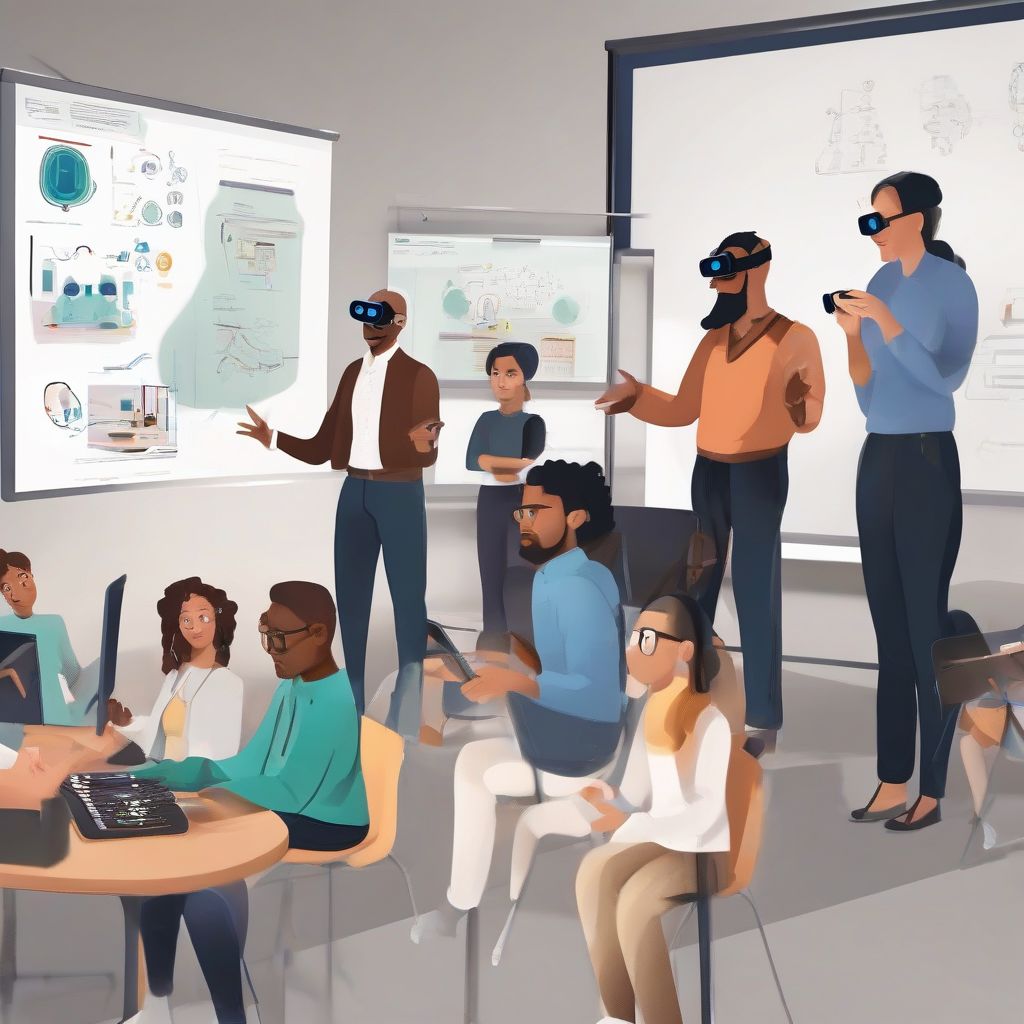Imagine a world where learning is truly accessible to everyone, regardless of their age, background, or learning style. A world where training programs are tailored to individual needs, fostering a culture of lifelong learning and development. This is the future of inclusive and age-appropriate training programs, and it’s closer than you think.
Understanding the Need for Inclusivity and Age-Appropriateness
The traditional “one-size-fits-all” approach to training is becoming increasingly obsolete. Our world is more diverse than ever, and training programs must reflect this reality. Age-appropriate training recognizes that learning needs and styles evolve throughout life, from childhood to adulthood and beyond. Inclusive training, meanwhile, acknowledges the diverse range of backgrounds, abilities, and experiences that learners bring to the table. This means creating programs that are accessible to people with disabilities, individuals from different cultural backgrounds, and those with varying levels of prior knowledge.
Key Drivers Shaping the Future
Several factors are driving the shift towards more inclusive and age-appropriate training:
- Technological Advancements: AI, virtual reality, and personalized learning platforms offer unprecedented opportunities to tailor training to individual needs.
- Changing Demographics: An aging workforce and increasing diversity necessitate training that caters to a wider range of learners.
- Focus on Lifelong Learning: The rapid pace of change requires individuals to constantly update their skills and knowledge.
- Emphasis on Soft Skills: Collaboration, communication, and critical thinking are becoming increasingly important, requiring training programs that focus on these areas.
Designing Inclusive and Age-Appropriate Training
Creating effective training programs requires careful consideration of several factors:
Personalized Learning Paths
Personalized learning allows individuals to learn at their own pace and focus on areas where they need the most support. This can be achieved through adaptive learning platforms, modular training programs, and individualized coaching.
Accessible Content and Delivery
Training materials should be accessible to all learners, regardless of their abilities. This includes providing alternative formats for individuals with visual or auditory impairments, offering multilingual support, and ensuring that online platforms are user-friendly and accessible.
Culturally Sensitive Content
Training programs should be designed to respect and reflect the diverse cultural backgrounds of learners. This includes using inclusive language, avoiding stereotypes, and incorporating diverse perspectives into the curriculum.
Age-Specific Learning Strategies
Different age groups have different learning styles and preferences. For example, younger learners may benefit from gamified learning experiences, while older learners may prefer more traditional approaches.
The Role of Technology in Inclusive Training
Technology plays a crucial role in creating and delivering inclusive and age-appropriate training.
AI-Powered Personalization
AI can analyze learner data to create personalized learning paths and recommend relevant resources.
Virtual and Augmented Reality
VR and AR can create immersive learning experiences that cater to different learning styles and provide opportunities for hands-on practice.
Microlearning and Mobile Learning
Bite-sized learning modules and mobile-friendly platforms make learning more accessible and convenient, allowing individuals to fit training into their busy schedules.
The Benefits of Inclusive Training
Investing in inclusive and age-appropriate training programs yields numerous benefits:
- Increased Engagement and Motivation: When learners feel seen and understood, they are more likely to be engaged and motivated to learn.
- Improved Learning Outcomes: Tailored training leads to better knowledge retention and skill development.
- Enhanced Workforce Diversity and Inclusion: Inclusive training creates a more welcoming and equitable learning environment for everyone.
- Increased Productivity and Performance: Well-trained employees are more productive and contribute more effectively to organizational success.
 Inclusive and Age-Appropriate Training Programs
Inclusive and Age-Appropriate Training Programs
Conclusion
The future of training is inclusive and age-appropriate. By embracing personalized learning, leveraging technology, and focusing on accessibility and cultural sensitivity, we can create learning experiences that empower individuals of all ages and backgrounds to reach their full potential. This not only benefits individual learners but also strengthens organizations and communities as a whole. We encourage you to share your thoughts and experiences on inclusive training in the comments below and join the conversation on building a more equitable and accessible learning future.



